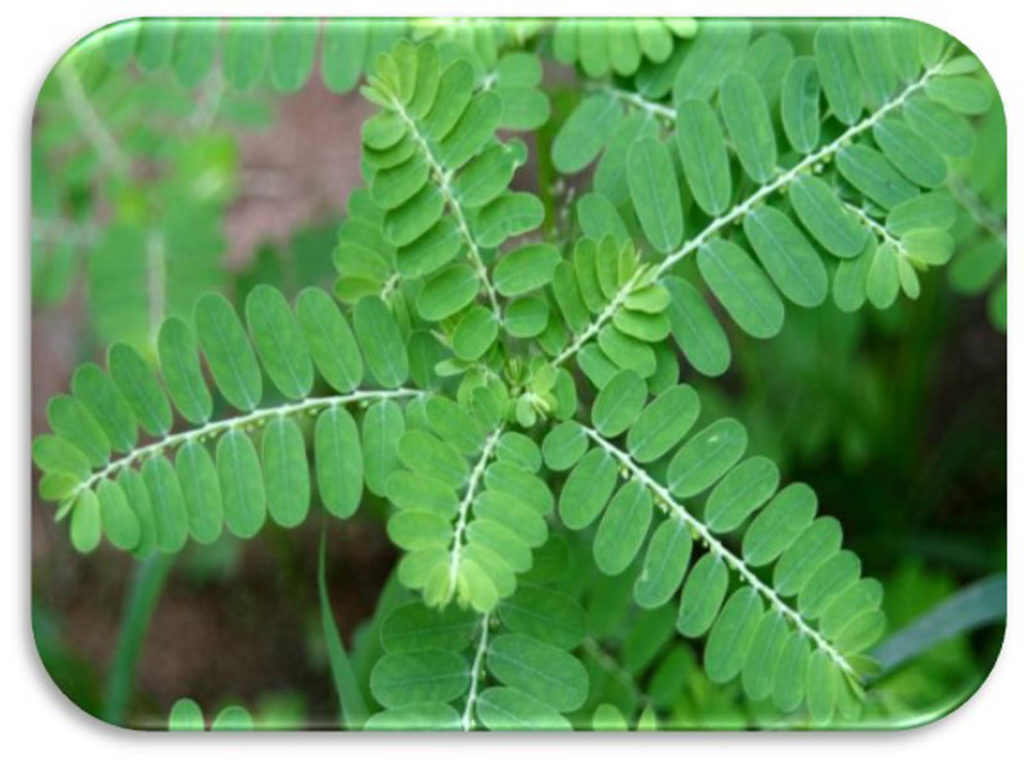Textiles’ role in the phase change material success story
September 27th, 2021
Schoeller Textil AG’s bionic c_change® climate membrane actively reacts to the ambient temperature. Photo: Schoeller Textil AG. Material advances: the next phase by Seshadri Ramkumar, Ph.D. The COVID-19 pandemic, with its mutating variants, continues to rage worldwide, but it’s not the only pressing global issue. Climate change, too, has impacted nature and contributed to catastrophic fires and […]
Researchers investigate seeds’ natural “armor”
October 8th, 2018
Biomimicry has revealed ways that nature can be copied to create new products and improve existing ones. Recently, a team of researchers from the University of New Hampshire in the U.S. has shown how the seed coats of certain plants could help in the development of flexible materials that are strong and resilient. An article […]
Biomimicry inspires medical textiles
September 27th, 2017
With much of the discussion of smart textiles focusing on e-textiles at present, it is good to be reminded that there are innovative developments emerging in non-digital yarns also. MedTextra is a filtration and health-giving yarn that uses a unique moisturizing process to deliver active ingredients to the body based on biomimicry principles. The brainchild […]
Naturally brilliant
October 7th, 2016
If nature has figured out a pretty good way to do something, it would make sense to try and copy it, right? Lizards that change color for camouflage … moisture that beads up and rolls right off a lotus leaf … the aerodynamics of a humpback whale, pirouetting under water … tree frogs that climb […]
Biomimetics and biotextiles
October 7th, 2016
Imitating nature offers sustainable choices in new textiles. Nature provides the inspiration for many innovations, including in the field of textiles. Some efforts, however, are quite specific in imitating nature. In fact, an entire field of science has blossomed under the name “biomimetics,” a term first coined in 1969 by Dr. Otto Schmitt, who spent […]
 TEXTILES.ORG
TEXTILES.ORG




